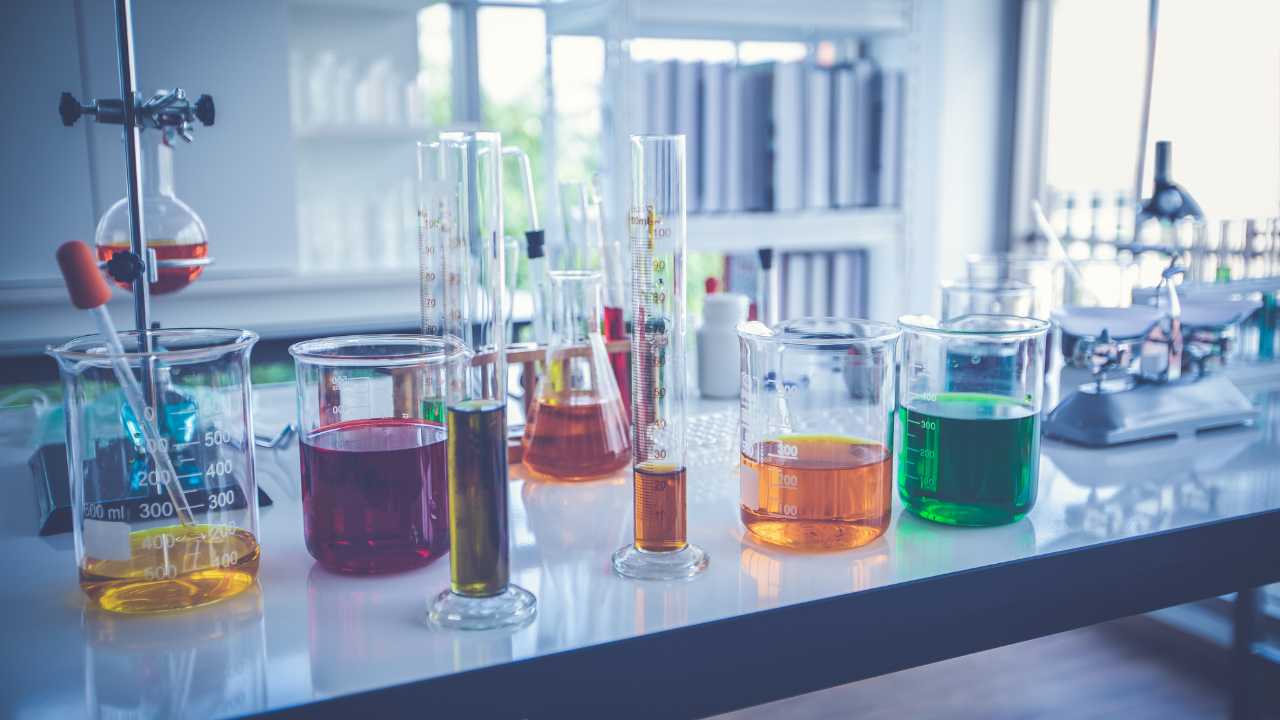Scientific Equipment: Revolutionizing Research and Discovery
Scientific Equipment: Revolutionizing Research and Discovery

In the realm of scientific exploration and discovery, the significance of advanced scientific equipment cannot be overstated. From microscopes unveiling the mysteries of the microscopic world to spectroscopes deciphering the composition of distant stars, these tools serve as the bedrock of modern research endeavors. This article aims to delve into the multifaceted domain of scientific equipment, shedding light on its diverse categories, applications, and pivotal role in advancing various fields of study.
Understanding Scientific Equipment
Scientific equipment encompasses a vast array of tools and instruments designed to facilitate experimentation, observation, and analysis across various scientific disciplines. These instruments are meticulously crafted to meet the exacting standards of precision and accuracy demanded by researchers.
Evolution of Scientific Instruments
From rudimentary devices used by ancient civilizations to cutting-edge technologies of the modern era, scientific instruments have undergone a remarkable evolution. This evolution has been characterized by advancements in materials, design, and functionality, enabling researchers to push the boundaries of knowledge further than ever before.
Categories of Scientific Instruments
Scientific equipment can be broadly classified into several categories based on their primary functions and applications. These categories include but are not limited to:
- Laboratory Equipment: Essential tools utilized in laboratory settings for conducting experiments and analyses.
- Measuring Instruments: Devices used to quantify various physical parameters such as length, mass, temperature, and pressure.
- Diagnostic Equipment: Instruments employed in medical and diagnostic fields for detecting and monitoring diseases.
- Imaging Tools: Equipment capable of capturing visual representations of objects or phenomena, ranging from X-ray machines to electron microscopes.
Importance of Calibration
Calibration plays a pivotal role in ensuring the accuracy and reliability of scientific instruments. Through meticulous calibration procedures, instruments are fine-tuned to deliver precise measurements and observations, thereby enhancing the credibility of scientific findings.
Applications Across Diverse Fields
Scientific equipment finds applications across a myriad of scientific disciplines, each contributing to advancements in its respective domain.
Biomedical Research
In the field of biomedicine, sophisticated equipment such as DNA sequencers and MRI machines play a critical role in elucidating the underlying mechanisms of diseases and developing novel therapeutic interventions.
Environmental Science
Environmental scientists rely on instruments like spectrometers and gas chromatographs to analyze air and water quality, monitor pollutant levels, and assess the impact of human activities on ecosystems.
Astrophysics
In the quest to unravel the mysteries of the cosmos, astronomers employ telescopes equipped with advanced imaging sensors and spectrographs to observe celestial objects and study their properties.
Ensuring Accuracy and Reliability
The reliability of scientific findings hinges upon the accuracy of the instruments used in data collection and analysis. To this end, rigorous quality control measures are implemented to validate the performance of scientific equipment.
FAQs (Frequently Asked Questions)
- What are some common types of scientific equipment? Common types of scientific equipment include microscopes, centrifuges, spectrophotometers, and chromatography systems.
- How important is calibration in scientific instrumentation? Calibration is crucial as it ensures the accuracy and reliability of measurements obtained from scientific instruments, thus enhancing the credibility of research outcomes.
- What role does scientific equipment play in medical diagnosis? Scientific equipment such as MRI machines, ultrasound scanners, and blood analyzers are indispensable for diagnosing various medical conditions and monitoring patient health.
- Are there any safety considerations associated with scientific equipment? Yes, safety considerations are paramount when working with scientific equipment, especially instruments involving radiation or hazardous chemicals. Proper training and adherence to safety protocols are essential.
- How do advancements in scientific equipment contribute to technological innovation? Advancements in scientific equipment often pave the way for technological innovation by enabling researchers to explore new frontiers, develop novel materials, and enhance existing technologies.
- Where can one purchase high-quality scientific equipment? High-quality scientific equipment can be procured from reputable manufacturers, scientific supply companies, or specialized distributors catering to specific research needs.
Conclusion
In conclusion, scientific equipment stands as the cornerstone of modern scientific inquiry, empowering researchers to delve deeper into the mysteries of the universe and tackle pressing societal challenges. By harnessing the capabilities of advanced instruments and technologies, scientists continue to push the boundaries of knowledge, driving innovation and discovery across diverse fields of study.




